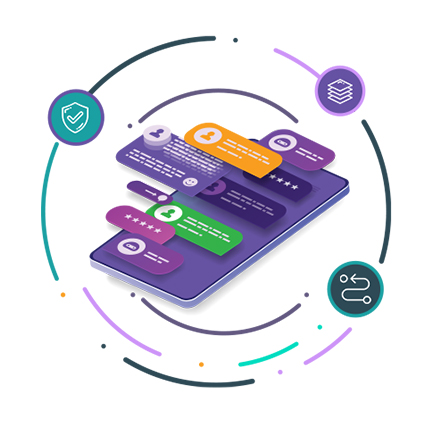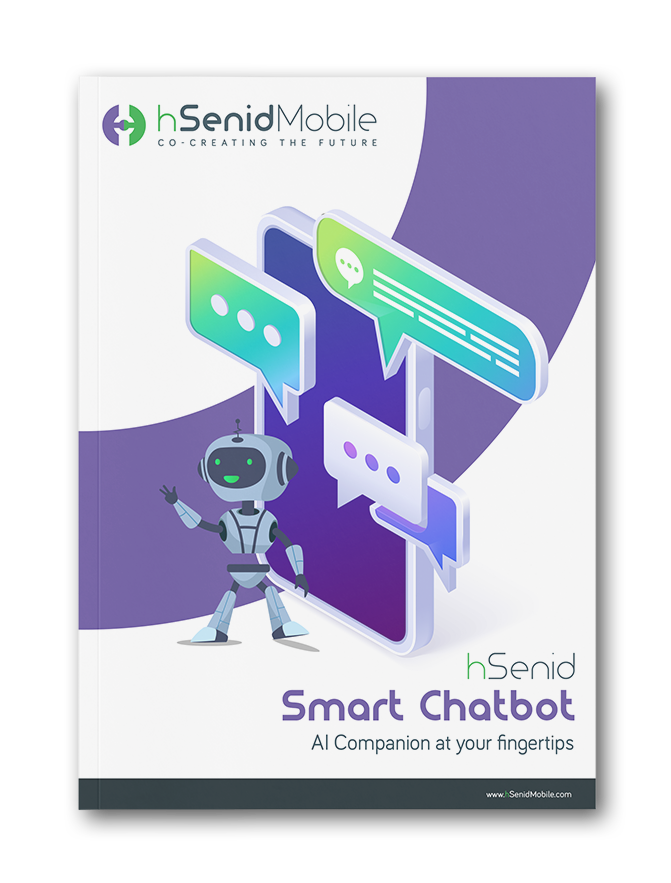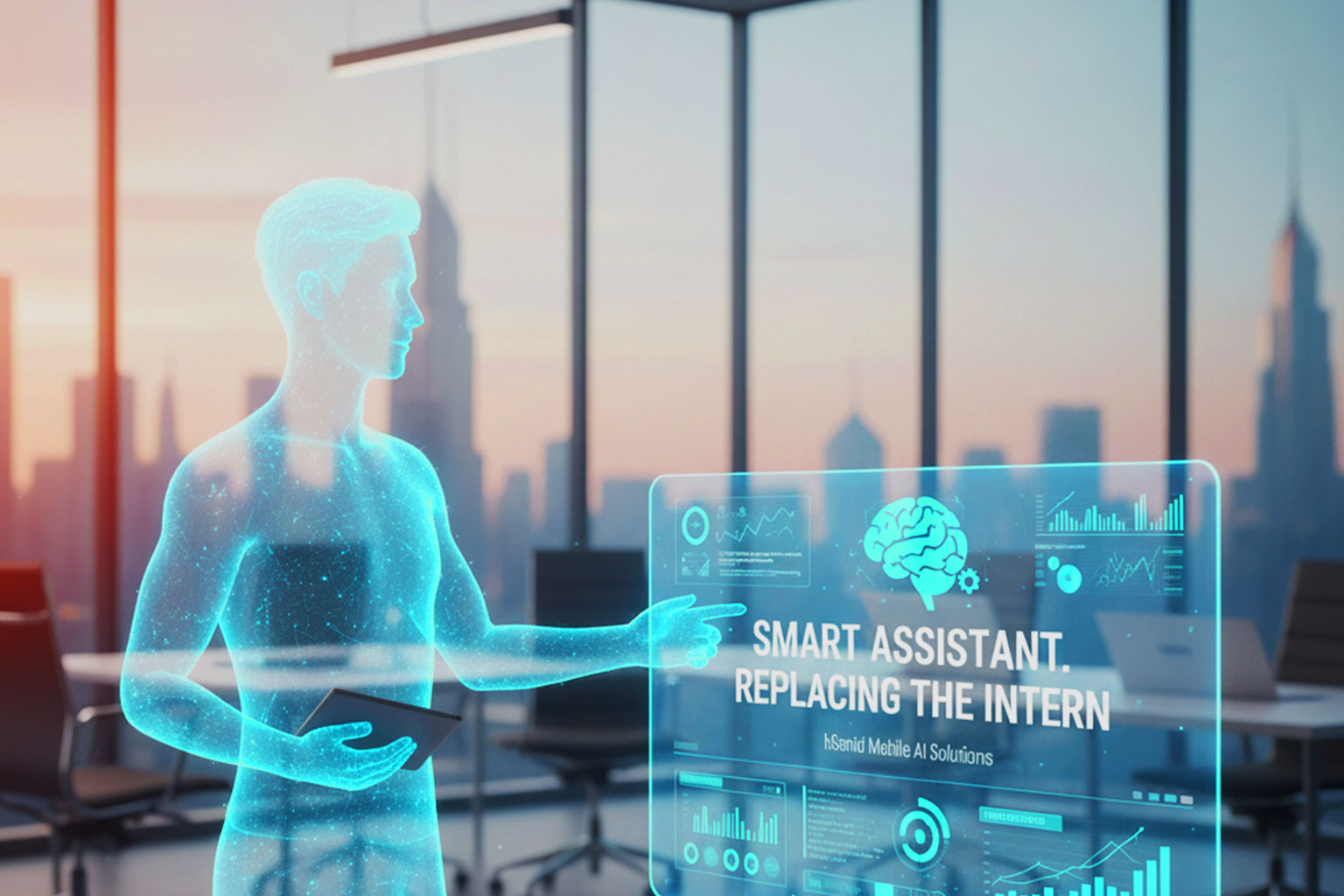Let’s be honest, we’ve all had that chatbot moment. You ask a straightforward question like, “What’s your return policy?” and get something bizarre like, “Banana not recognized.” Cool, thanks. Very helpful.
But then there are the other bots, the smart ones. The ones that actually understand what you’re asking, respond like a human (almost), and somehow remember that you hate email support. It’s borderline magical. Except it’s not magic. It’s machine learning.
Not Just Another Buzzword: What Makes a Chatbot “Smart”?
“Smart chatbot” sounds like one of those phrases people toss around in pitch decks and tech blogs, but here’s the deal: there is real intelligence under the hood. We’re talking about chatbots that learn—from you, me, everyone who types into them.
Instead of rigid scripts and clunky decision trees, these bots use machine learning to figure things out. They can handle messy phrasing, slang, and even a typo storm like “wherz my pakage?” without melting down.
Think of it like this: regular bots follow instructions. Smart bots improvise. And in the digital world, that makes all the difference.
Machine Learning: The Engine Behind the Curtain
Here’s the slightly nerdy part (but stick with me, it’s actually pretty cool).
Machine learning is basically what gives chatbots their edge. Instead of being told exactly what to do, they learn from patterns in data—in this case, conversations. That means no one has to hand-code every possible question someone might ask. The bot just gets better every time someone talks to it.
There are a few ways this learning happens:
- Supervised learning: Think training wheels. The bot gets examples of questions and the “right” answers. Eventually, it starts spotting the connections itself.
- Unsupervised learning: No labeled data here. The bot just dives into the conversation ocean and starts figuring things out. Sort of like moving to a new city and slowly learning where the best pizza is.
- Reinforcement learning: Trial and error with feedback. Good responses get rewarded. Bad ones? They quietly retire. It’s chatbot evolution in action.
The more the bot interacts, the sharper it gets. It starts picking up context, tone, even subtle intent. And that’s when things start feeling… weirdly human.
Why These Bots Don’t Feel Like Bots
The reason you sometimes forget you’re talking to a machine? That’s machine learning doing its thing.
Smart chatbots remember past conversations. They shift topics gracefully. They recognize when you’re frustrated (yep, tone detection is a thing now). Heck, some even crack a joke if the mood’s right.
Imagine this: you’re mid-way through booking a flight, then randomly ask, “Any good hotels near the beach?” A basic bot might freeze. A smart one? It handles the switch like a pro: “Here are a few beachfront options I found.” That ability to adapt? That’s the ML magic.
No, Chatbots Aren’t Replacing Humans
Let’s put that fear to rest. Chatbots aren’t gunning for anyone’s job title. They’re here to take care of the repetitive stuff — the “what’s your Wi-Fi password?” questions, so your team can handle the high-stakes, empathy-required moments.
In fact, the best customer experiences happen when smart bots and smart humans team up. The bot answers fast. The human jumps in when nuance is needed. Everyone wins.
Also, these bots can scale. They handle thousands of conversations without blinking. That’s a huge deal for businesses juggling support across time zones, platforms, and coffee-fueled customer demands.
Chatbots That Actually Deliver
Companies aren’t adopting smart chatbots just because it sounds cool in a press release. They’re doing it because it works. According to an hSenid R&D report, businesses that integrate machine learning-powered bots see customer satisfaction jump by 40% in just six months. Not a rounding error.
Tools like the hSenid Smart Chatbot are built for exactly this — real conversations, real business challenges, and actual intelligence that evolves with your brand.
So What’s Next?
Smart Chatbots are no longer glorified FAQ machines. They’re conversation partners: fast, friendly, and kind of frighteningly intuitive. Powered by machine learning, they’re reshaping how we connect with brands, get answers, and solve problems.
So next time a chatbot actually gets your question right on the first try? Take a second. Appreciate the fact that you’re witnessing AI that has learned — really learned — how to talk to humans.
And if your business isn’t in the smart chatbot game yet… maybe it’s time to start a conversation.








